Let's be honest—how many people who have left your website will return?
I bet not many. And how do you determine why they decided to leave your website in the first place? Do you know if they were satisfied with their visit? These and other questions can all be answered by collecting user feedback upon exit intent.
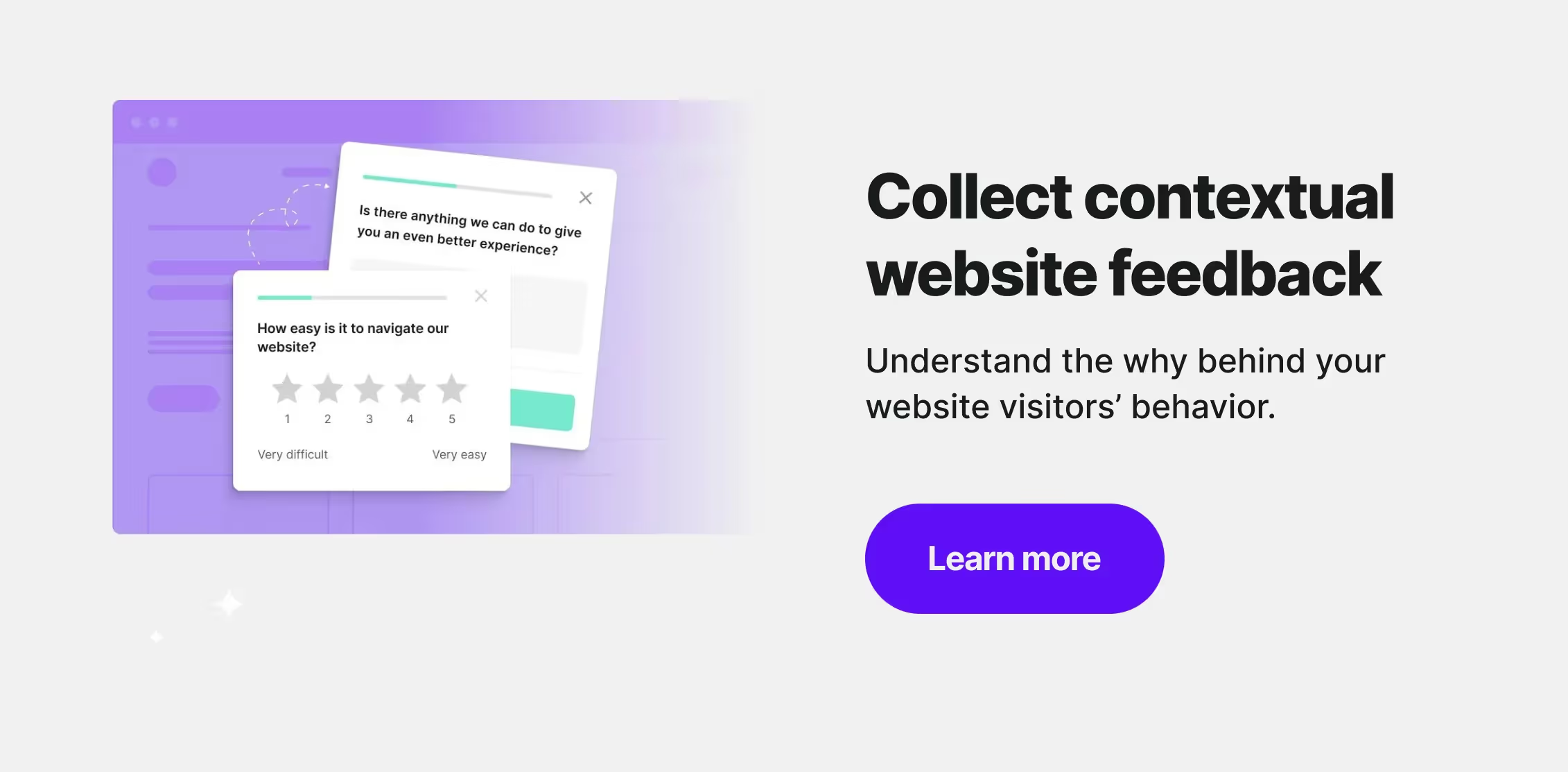
What is a website exit intent survey?
A website exit intent survey appears when a visitor is about to leave the website. There are two basic ways of detecting exit intent.
- When a person moves the cursor above a certain line (for Survicate, it’s 20px below the top of the page),
- Or based on fast mouse movements - when a person moves the mouse quickly to the top of the page, they are usually about to exit.
Free Website Exit Intent Survey Template
Now, why risk annoying visitors with a customer exit intent survey when they are about to leave? Check stats in Google Analytics—how many people who leave your website will return? Do you know why they decided to leave in the first place?
I assume not. That’s why collecting feedback is so important and useful. Collected information will help you discover problems with usability, value proposition, etc.
Benefits of website exit surveys
There are plenty of advantages that website exit surveys offer. The insights you collect can help you enhance user experience, reduce bounce rates, and discover your users' points of view. So, why is it worth to create exit surveys?
To understand why users leave
First and foremost, exit surveys help identify the reasons visitors abandon your site, such as unclear navigation or unappealing content.
To improve user experience
Now, some of the issues you'll discover with exit surveys may revolve around website design, functionality, or general usability—by improving them, you'll influence the user experience, and ⤵️
To boost conversion rates
Improving on user experience has a wider impact on your website, as it's interconnected with many other behavioral factors. If your website experience is smooth, visitors are more prone to convert.
But it's not only that, gathering feedback on exit intent may shed additional light on why people don't convert, and it's not always related to usability.
By learning why visitors leave without converting, you can make targeted changes that encourage future users to stay and complete actions like purchases or sign-ups.
To increase engagement
On one hand, exit intent surveys collect feedback that can help you repair any flaws on your company web pages, and—on the other—they can engage visitors at the crucial moment of departure, offering a last chance to address their concerns and possibly retain them.
To reach high response rates
Interestingly, website exit surveys often have higher participation rates compared to other surveys because they are timely and relevant to the users' experience.
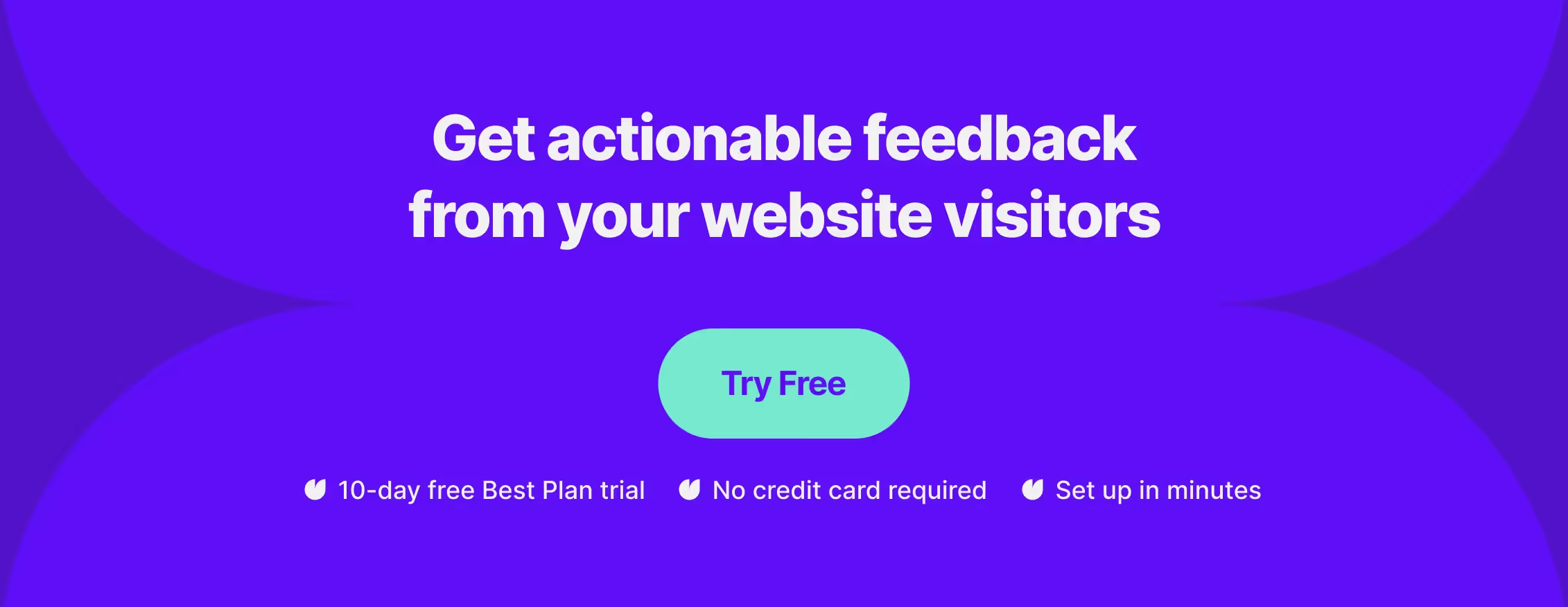
Most popular use cases of website exit intent surveys
Website exit surveys are a great source of insights on why visitors are not converting or bouncing. Where do they provide the most valuable insights?
Here are the most popular use cases of exit intent surveys:
#1. Shopping cart abandonment survey
According to research, over 70% of shoppers abandon carts. With exit surveys, e-commerce can quickly get a glimpse of why visitors are not completing orders and what stops them from buying.
This might be an unexpected price increase, shipping costs, lack of trust, too long forms, or one of hundreds of different reasons—you’ll quickly find out with an exit survey.
Free shopping cart abandonment survey template
To make sure it shows only to people who actually added something to the cart, you can target a survey on shopping cart pages or on visitors who added a product to a cart and then left (more advanced option).
Recommended questions:
- "Did you intentionally leave items in your cart?"
- "What were the main reasons for not completing your purchase?"
- "What prompted you to quit shopping?" (Our customers' experience shows that this question works better than a more obvious one: "Why did you decide to quit shopping?")
- "What would convince you to finish shopping?"
- "Do you need any additional information to complete the purchase?"

#2. Pricing abandonment survey
SaaS businesses often see that people visit pricing pages and then leave. But why? Run an exit intent survey on a pricing page to discover it, and by closing the feedback loop you may increase conversions.
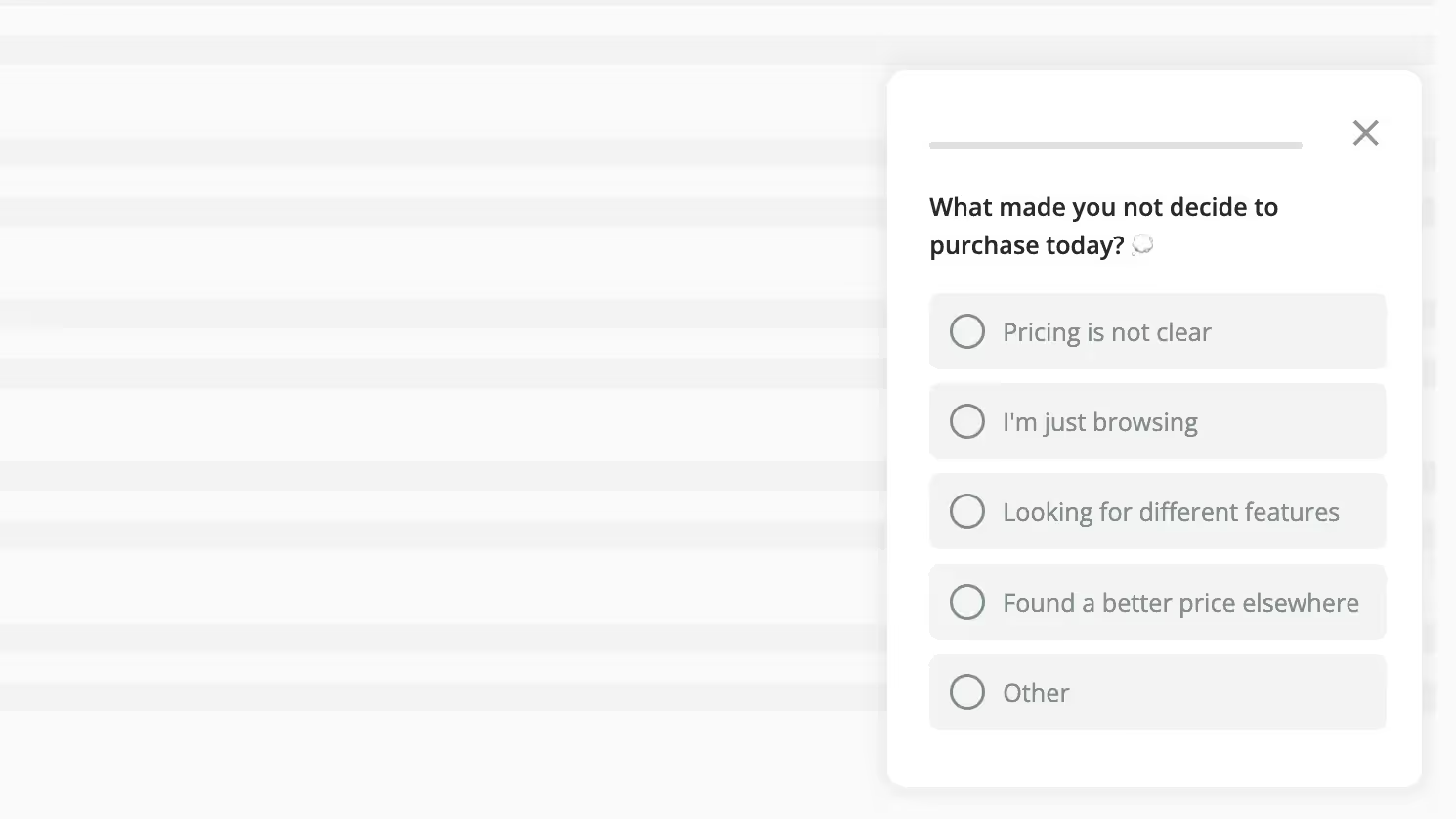
Of course, some people will say that your tool is too expensive (even if it’s not), but you might learn that your pricing doesn’t answer all visitors' questions or they have other doubts.
Recommended exit survey questions:
- "What prevented you from signing up?"
- "Is our pricing clear to you?"
- "Compared to similar solutions, are our prices lower, higher, or about the same?"
- "How much would you be willing to pay for the basic plan?"
#3. Goal completion survey
Another type of website exit survey asks leaving visitors whether they completed the goals of their visit. It doesn’t matter what they did—people feel satisfied when they meet their goals, even if it is to read an article on your blog or look at your products or features.
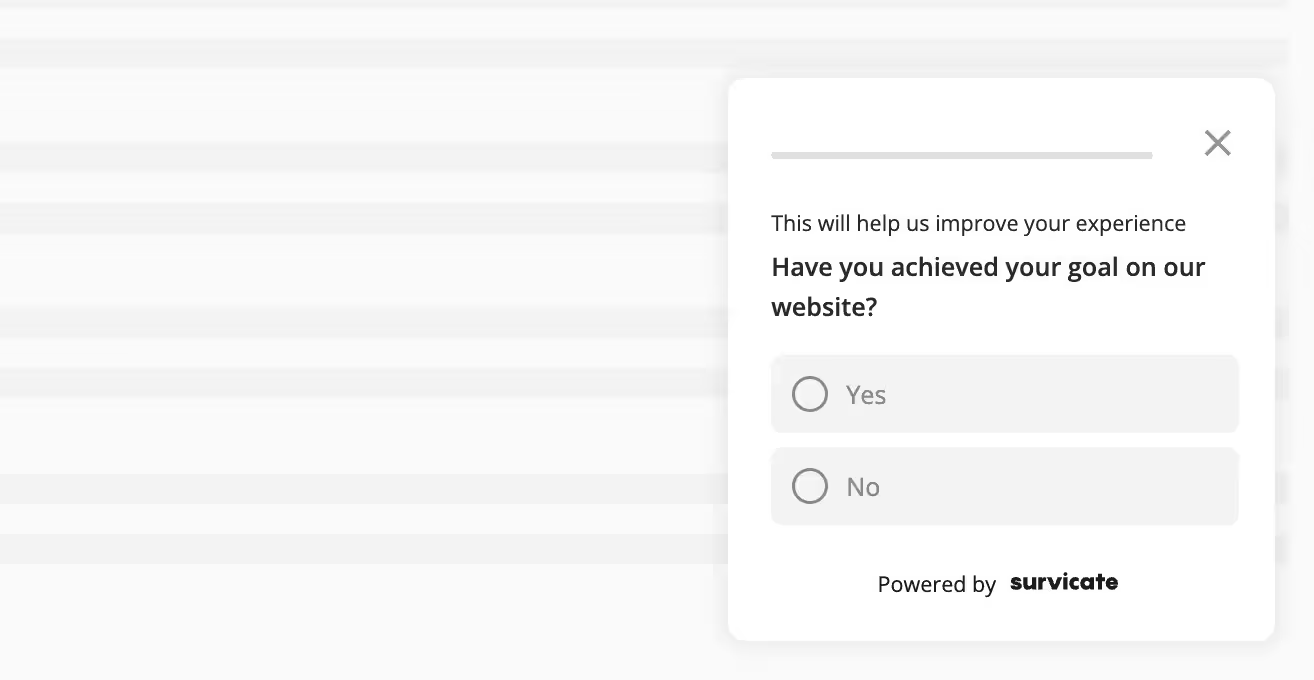
Recommended exit survey questions:
- "Did you complete the goal of your visit?" and a follow-up question: "How difficult was it to complete the goal?"
- "Have you achieved your goal on our website?"
#4. Landing page bounce research survey
Do you use landing pages to show content tailored to ads? If not, you should start creating them now. Landing pages with content adjusted to ads usually report higher conversion rates (for us, directing traffic to landing pages instead of the homepage roughly doubled conversion rates). They can make a lot of money since you send qualified traffic (from AdWords, for example) there.
But they also often report bounce rates higher than average. Finding out why visitors leave the page without signing up, downloading, leaving their contact details, or taking any other action you desire on a landing page leads to improvements that can be worth a small fortune.
Maybe you oversimplified the page, and your site visitors want more info. Or maybe your value proposition is not clear enough? Use an exit-intent popup survey to discover it, implement changes, and observe results.
Recommended questions:
- "What else would you like to see on this page?"
- "What prevented you from signing up?" (you can use text answers or a multiple-choice question)
- "What should we do to improve your experience?"
#5. Lead generation with website exit surveys
Exit surveys turn out to be an effective lead generation tool - many potential customers leave your website because they couldn’t find what they were looking for. They need a boost to leave their contact details. And an exit survey is a great boost.
So, ask if they want to receive a free guide or maybe they want a free consultation. One of our users, a big telecom, found this technique so effective they had to stop a survey after a couple of hours because their call center was unable to process all collected leads.
Recommended questions:
- "Do you need additional information about our offer?"
- "Would you like a consultant to contact you with a personalized offer?"
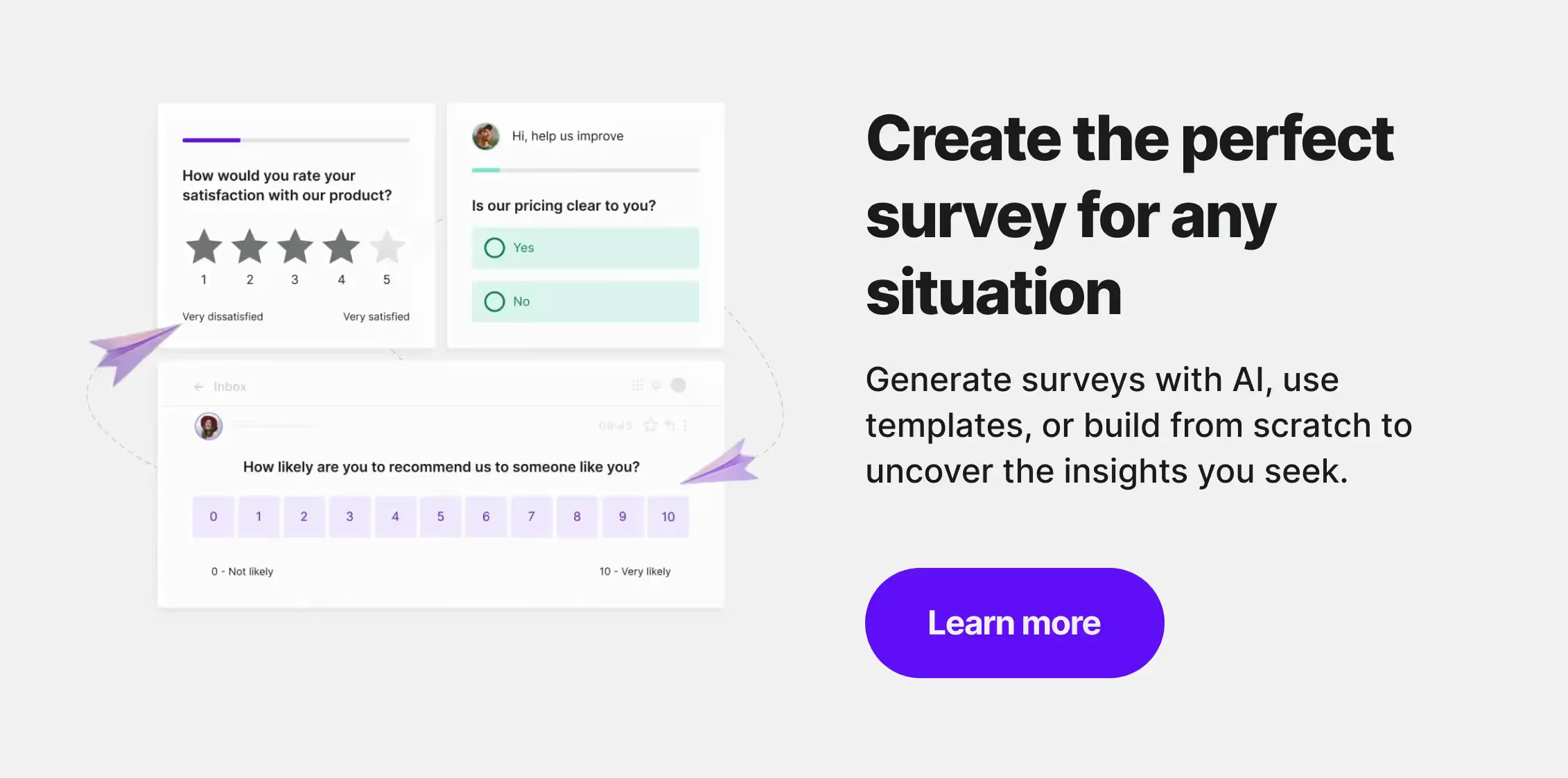
Typical response rate of website exit intent survey
Response rates to website exit surveys vary from 5% to almost 60%. The basic rule is similar to any other website survey—the more engaged users are when they see a survey, the higher the response rate.
It means that shopping cart abandonment surveys typically report the highest response rates, while goal completion surveys tend to report moderate response rates (5% here is considered normal).
The practices described below will help you achieve high response rates and collect a decent number of actionable insights, even if your website's traffic is moderate.
Best practices of running website exit intent survey
A short survey is a must
Go for a microsurvey and ask just one or two questions that don’t require much effort. No one will answer more—after all, they decided to leave your website for some reason.
The recommended flow for a successful website exit survey is to ask multiple—choice or scale questions, followed by a text answer and a 'Thank you' message.
People are more likely to participate if you do it and more likely to answer the second question when they know it’s also the last one.
Use targeting and segmentation of website visitors
Create multiple surveys to adjust messages based on sites where an exit intent survey appears and the behavior of visitors.
Don’t just ask all visitors, 'Why did you decide to leave the website?’.
Instead, ask ‘What made you quit shopping?’ to website visitors who abandon shopping carts and a different question to those who leave the blog. This will show users that you actually care, which leads to higher response rates and a better experience.
Make the survey visible
Don’t forget to set the survey widget to appear in the center of the screen. You can also set the website fade out to grab attention.
If you place the survey widget in a corner of a website (the best place for surveys different than the exit intent survey), people simply won’t notice it, and your response rates will be low (around 1%).
One of our customers was dissatisfied with their response rates. It turned out they didn’t set the fade-out; the exit intent pop up appeared in a corner, and its color was very similar to the page itself.
When they changed settings to make the survey visible, the response rates jumped more than five-fold.
That said, don’t be annoying - people hate it when a popup covers a whole screen and they can’t close it easily.
How to gain insights from website exit intent surveys
If you want to try using exit intent surveys on your website, it's time to choose the best survey tool for the job. Plenty of them are on the market, and some offer decent free packages.
You can, of course, try Survicate. With the 10-day free trial, you'll get access to all of the Best plan features and up to 25 survey responses. Sign up today!
Then, just create your first website surveys according to the best practices described and enjoy the collected feedback.
✍️ This blog post was originally written by Kasia Perzyńska.









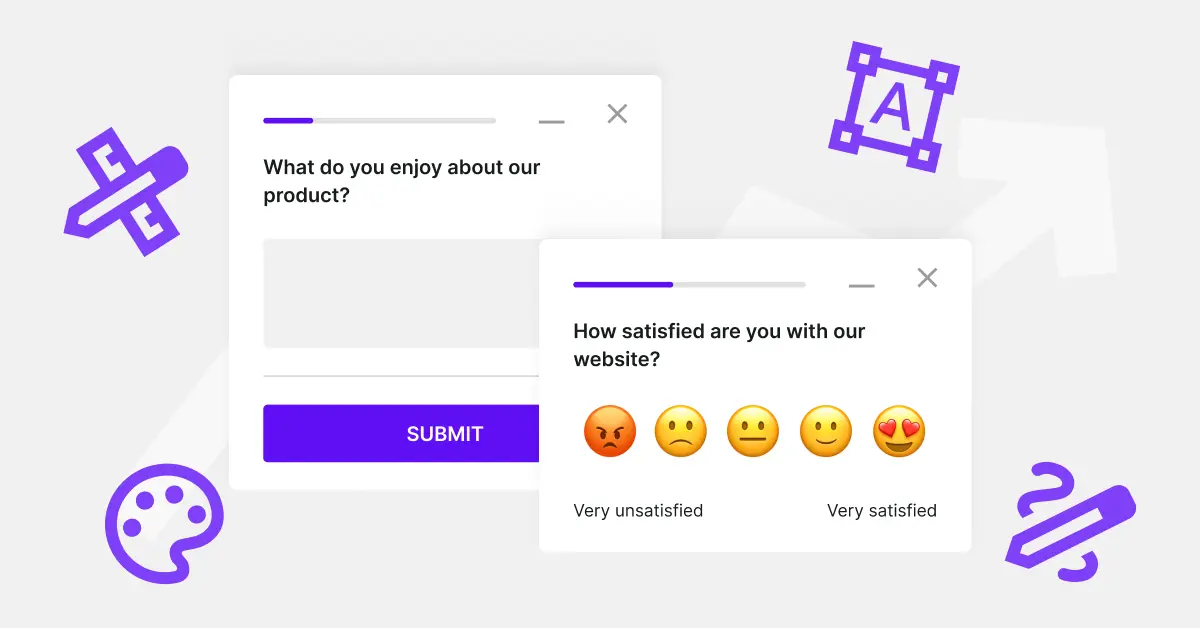
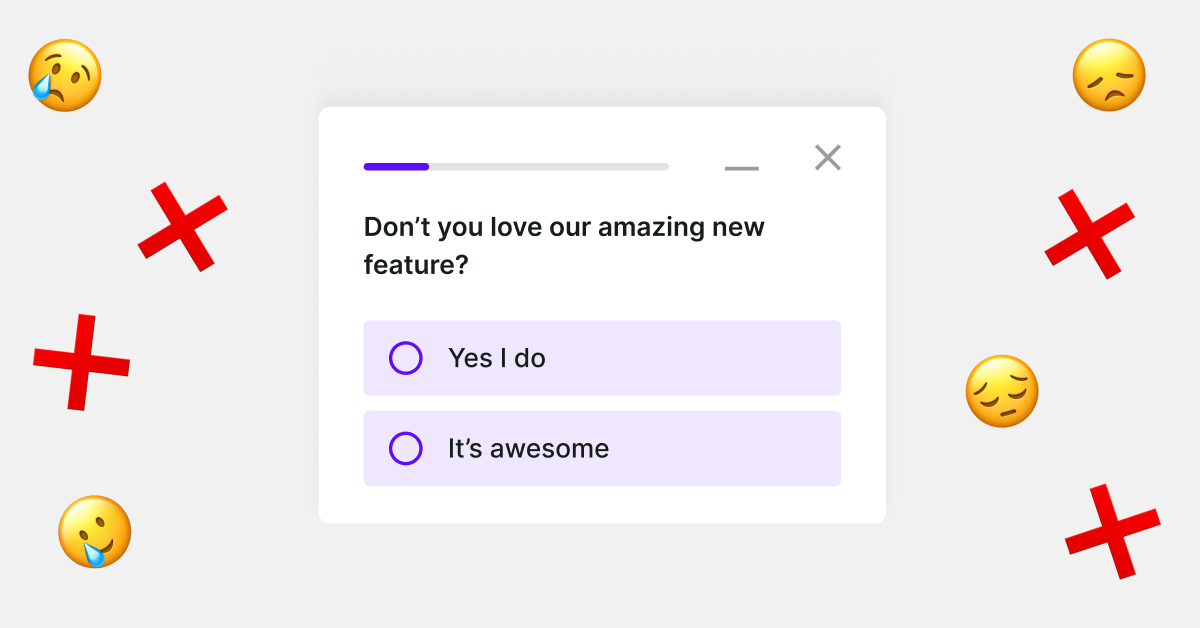
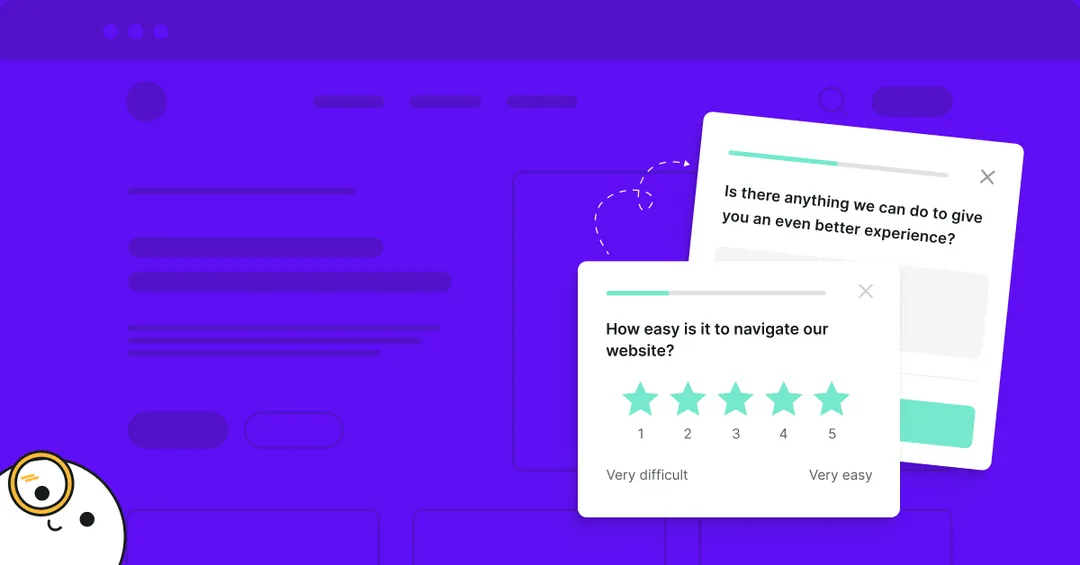
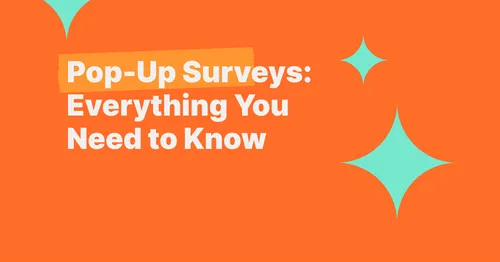
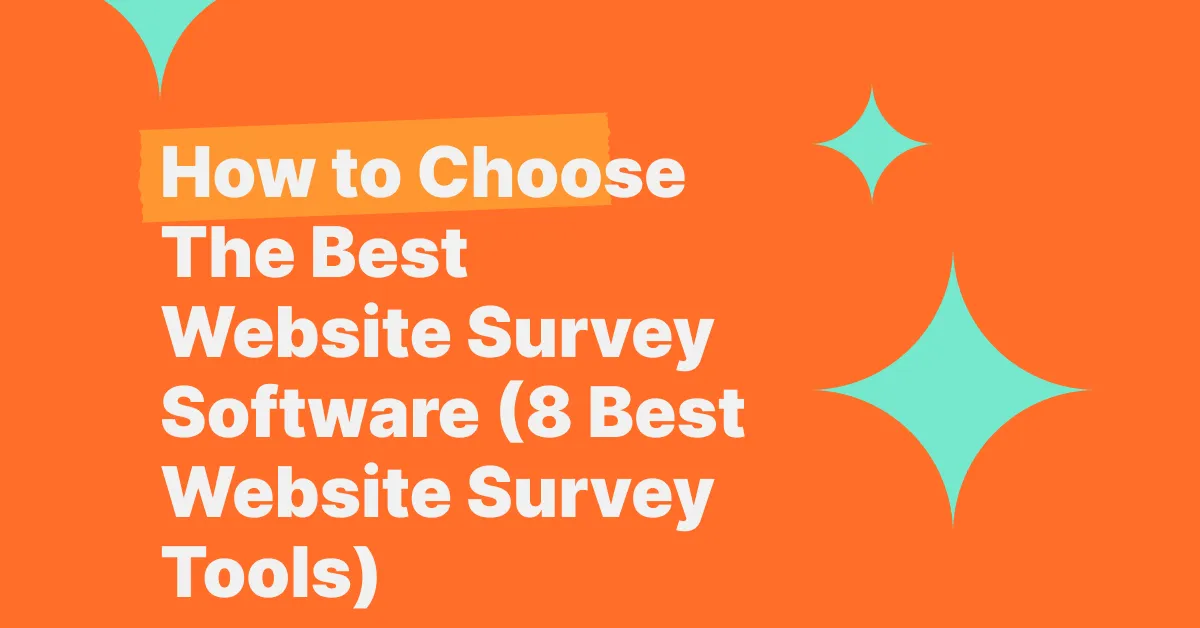
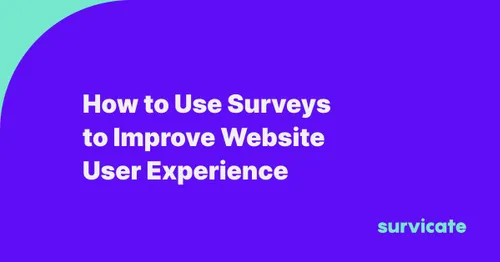
.svg)

.svg)



